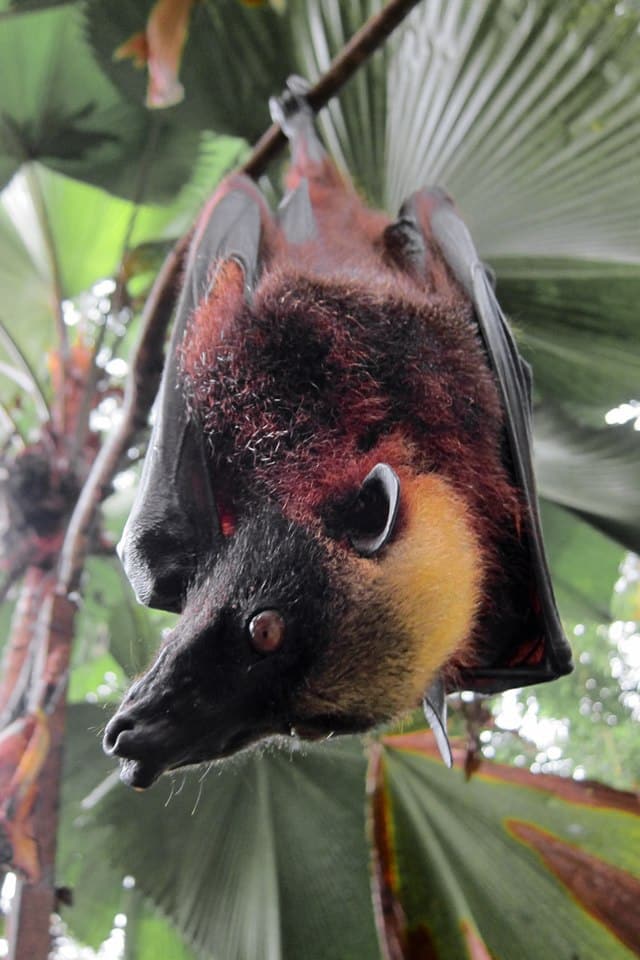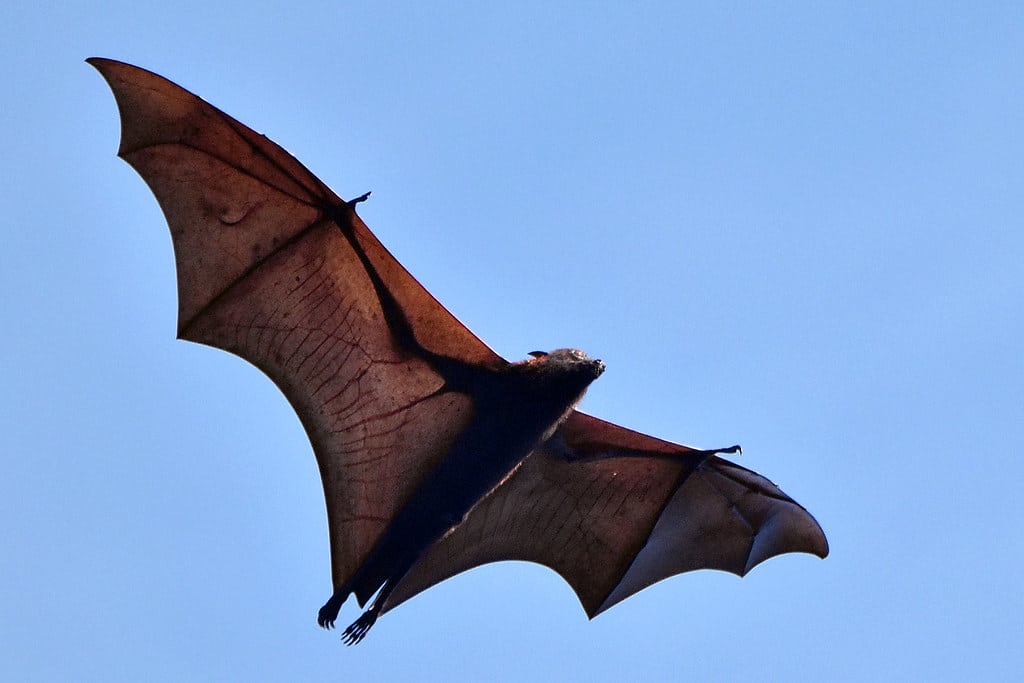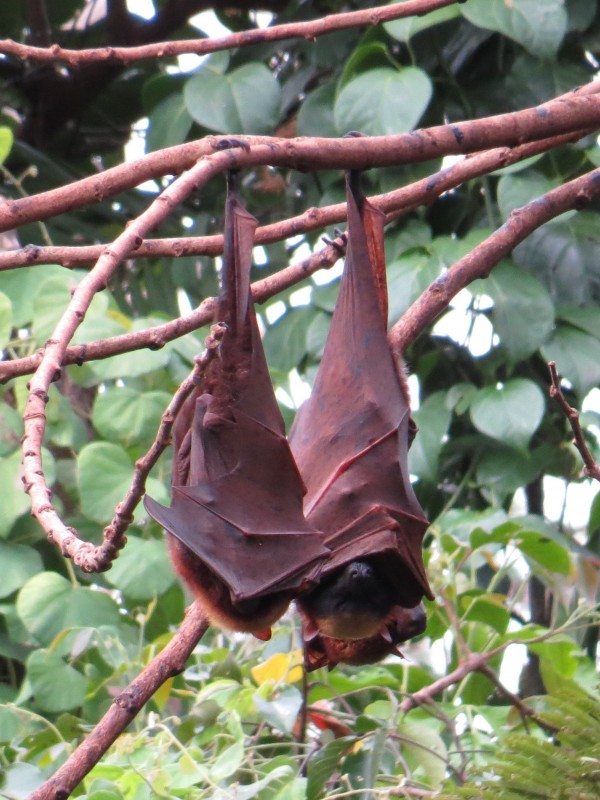Acerodon jubatus: Exploring the Magnificent Giant Golden-Crowned Flying Fox of the Philippines


Acerodon jubatus holds the distinction of being one of the largest bat species in the world. These magnificent creatures have a wingspan that can reach up to 1.7 meters (5.6 feet), making them resemble a flying fox with their elongated limbs and fox-like face. Their distinctive golden fur on the crown and mantle, contrasting with their dark body, gives them their unique and regal appearance.

These flying foxes are endemic to the Philippines and can be found in various regions throughout the archipelago. They primarily inhabit the rainforests and roost in the canopies of tall trees. Acerodon jubatus relies on the abundant fruit trees found in the forests as a crucial source of food.
As frugivorous mammals, Acerodon jubatus plays a significant role in seed dispersal and forest regeneration. Their diet primarily consists of fruits, nectar, and flowers. The bats use their keen sense of smell to locate ripe fruits, which they consume and then disperse the seeds as they fly to different locations. This behavior contributes to the maintenance of the delicate balance within the forest ecosystem.

Acerodon jubatus is known for its highly social behavior. They form large colonies that can comprise hundreds or even thousands of individuals. During the day, they hang upside down in trees, wrapping their wings around their bodies for warmth and protection. These bats are generally nocturnal and become active at night when they embark on their foraging expeditions.

Acerodon jubatus, the Giant Golden-Crowned Flying Fox, stands as a testament to the remarkable diversity of life on our planet. With its majestic appearance, crucial ecological role, and vulnerable status, this species serves as a symbol of the need to protect and preserve our natural world. By valuing and conserving these magnificent creatures, we can contribute to the balance and resilience of our ecosystems for future generations.



